Leopard geckos have captured the hearts of reptile enthusiasts worldwide with their charming personalities, manageable size, and relatively simple care requirements. These fascinating creatures, native to the arid regions of Afghanistan, Pakistan, and parts of India, have become one of the most popular pet reptiles for both beginners and experienced keepers alike. Understanding the delicate balance between proper lighting, nutrition, and social needs is crucial for ensuring your leopard gecko thrives in captivity. This comprehensive guide will walk you through everything you need to know about creating the perfect environment for your spotted companion, from lighting setups to dietary requirements and behavioral considerations.
Understanding Leopard Gecko Natural Habitat
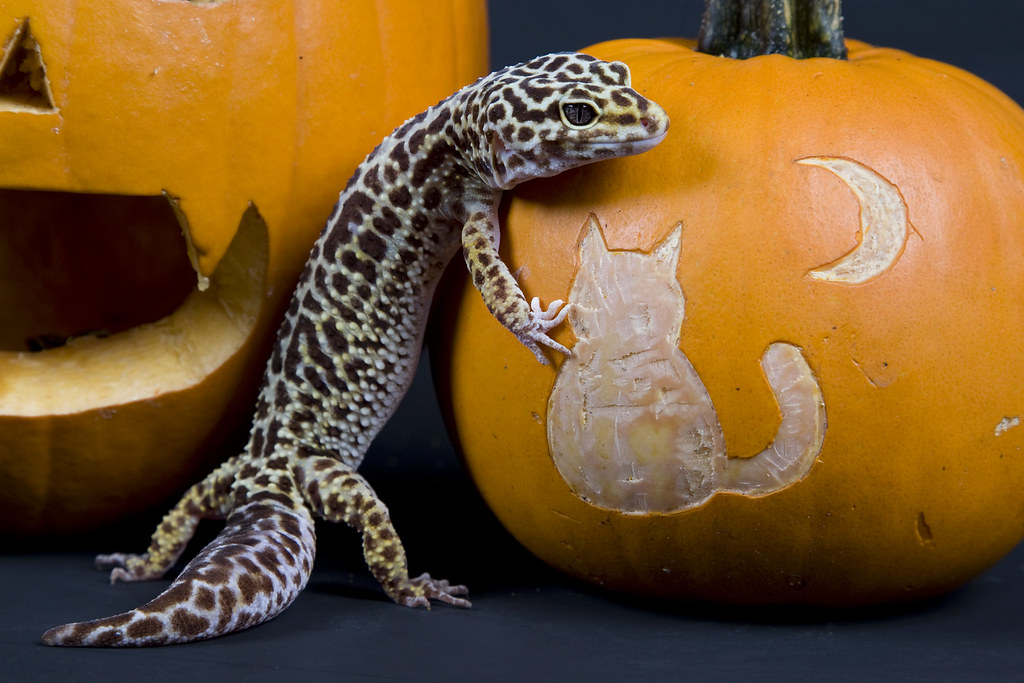
To provide optimal care for leopard geckos, it’s essential to understand their natural environment. These crepuscular reptiles originate from rocky, arid regions where they spend most daylight hours hiding in crevices and burrows to escape the intense desert heat. Their native habitat experiences significant temperature fluctuations between day and night, creating a natural cycle that regulates their metabolism and behavior. During dawn and dusk, leopard geckos emerge to hunt insects, making these periods their most active times. By mimicking these natural conditions in captivity, including appropriate lighting cycles and temperature gradients, you can help your gecko maintain natural behaviors and optimal health. This understanding forms the foundation for all aspects of leopard gecko care, from lighting to feeding schedules.
The Truth About UVB Lighting for Leopard Geckos
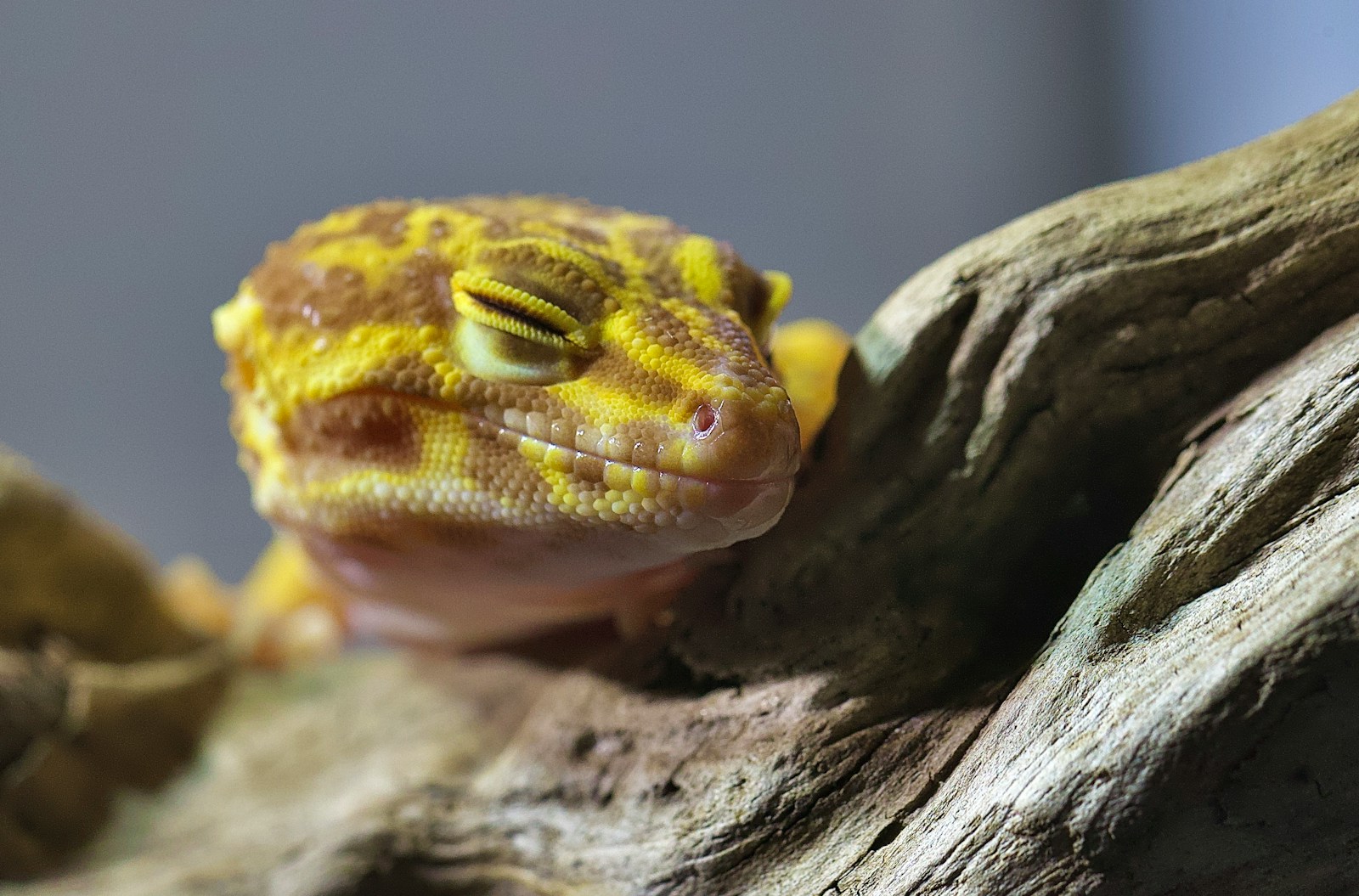
The topic of UVB lighting for leopard geckos has been subject to ongoing debate within the reptile-keeping community. While leopard geckos are crepuscular and naturally avoid direct sunlight, recent research suggests that low levels of UVB exposure can be beneficial for their overall health and calcium metabolism. A low-output UVB bulb (2-5%) used for 4-6 hours daily can help these reptiles synthesize vitamin D3, which is crucial for proper calcium absorption and preventing metabolic bone disease. However, it’s important to provide ample hiding places so your gecko can self-regulate its exposure, simulating its natural behavior of seeking shelter during daylight hours. If you choose not to provide UVB lighting, you must be diligent about supplementing your gecko’s diet with vitamin D3 to prevent nutritional deficiencies.
Creating the Perfect Temperature Gradient
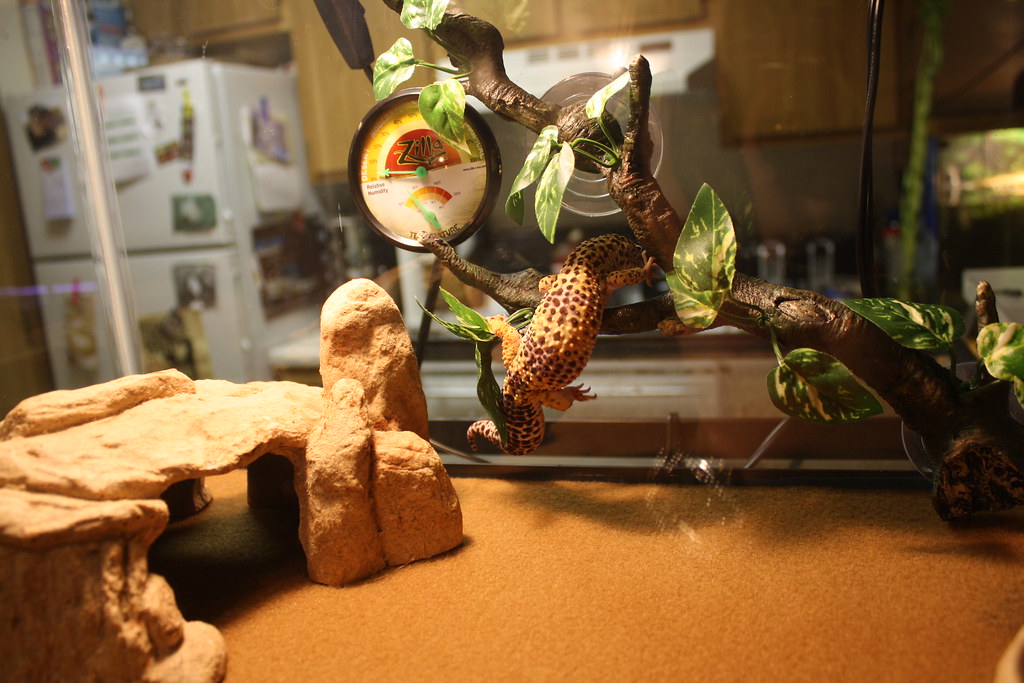
Temperature management is perhaps the most critical aspect of leopard gecko husbandry, as these ectothermic animals rely entirely on external heat sources to regulate their body temperature. A proper enclosure should feature a warm side (around 88-92°F) and a cooler side (75-80°F), allowing your gecko to thermoregulate by moving between temperature zones as needed. This gradient is typically achieved using an under-tank heating pad or ceramic heat emitter on one side of the tank, controlled by a reliable thermostat to prevent overheating. The warm spot is essential for digestion, while the cooler area provides relief when needed. Never use heat rocks, as these can cause severe burns due to uneven heat distribution and the gecko’s tendency to press their bellies against warm surfaces. Maintaining proper temperatures is directly connected to your gecko’s appetite, activity level, and overall health.
Day and Night Lighting Cycles
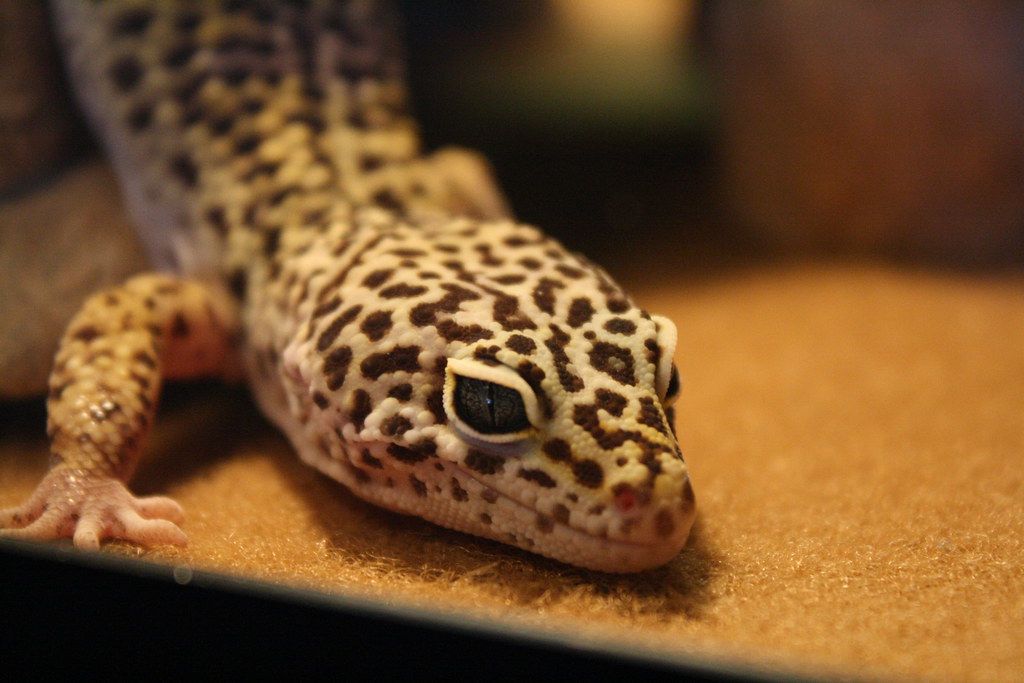
Establishing a consistent day-night cycle is fundamental for maintaining your leopard gecko’s natural rhythms and overall well-being. In captivity, leopard geckos benefit from approximately 12 hours of light followed by 12 hours of darkness, though this can be adjusted slightly to mirror seasonal changes if desired. While ambient room light is often sufficient for daytime illumination, a low-wattage LED or fluorescent light specifically designed for reptiles can provide additional visibility without generating excessive heat. During night hours, complete darkness is ideal, as leopard geckos can detect even small amounts of light which may disrupt their sleep patterns. If nighttime viewing is desired, use only red or blue nocturnal bulbs sparingly, as even these specialized lights may be visible to your gecko. A timer for your lighting system ensures consistency in this critical aspect of care, helping maintain natural hormone cycles and behavioral patterns.
Essential Nutritional Requirements
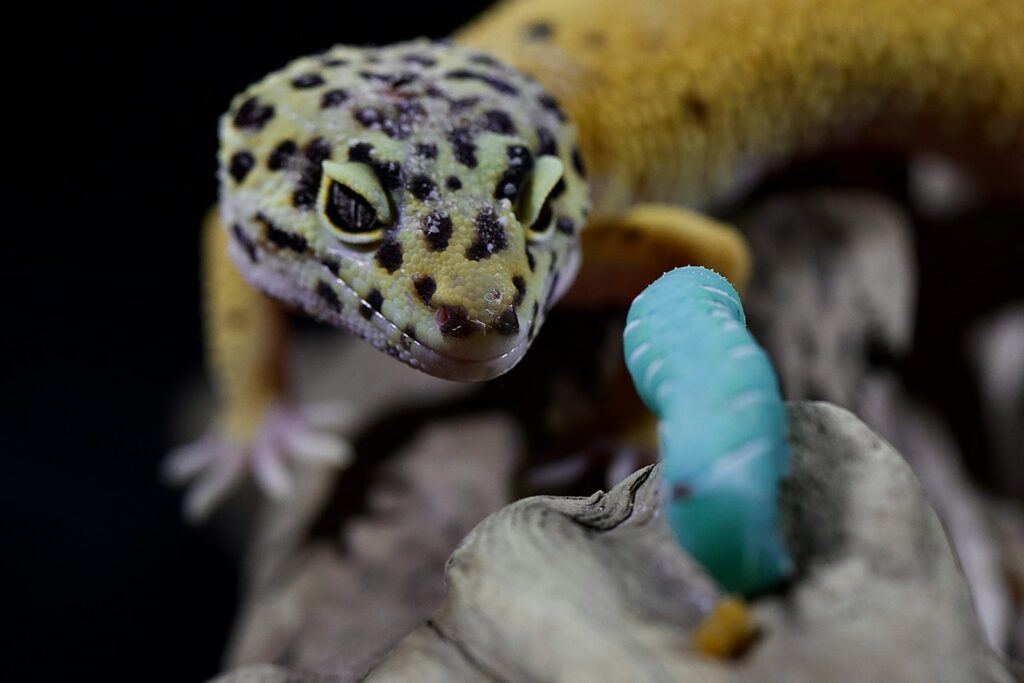
Leopard geckos are insectivorous reptiles with specific dietary needs that must be met for optimal health and longevity. Their diet should consist primarily of gut-loaded insects such as crickets, dubia roaches, mealworms, and superworms, with the occasional treat of waxworms or hornworms (no more than once weekly due to high fat content). Variety is key to ensuring a complete nutritional profile, as different insects offer varying nutritional benefits. Adult geckos typically require feeding every 2-3 days, while juveniles need daily meals to support their rapid growth. Supplements are crucial to prevent nutritional deficiencies, with calcium powder (with and without vitamin D3) dusted on feeders at most meals and a multivitamin supplement provided weekly. The size of prey items should be appropriate – no larger than the space between your gecko’s eyes – to prevent impaction or choking hazards. Fresh water should always be available in a shallow dish that cannot be easily tipped over.
The Art of Gut-Loading Feeder Insects
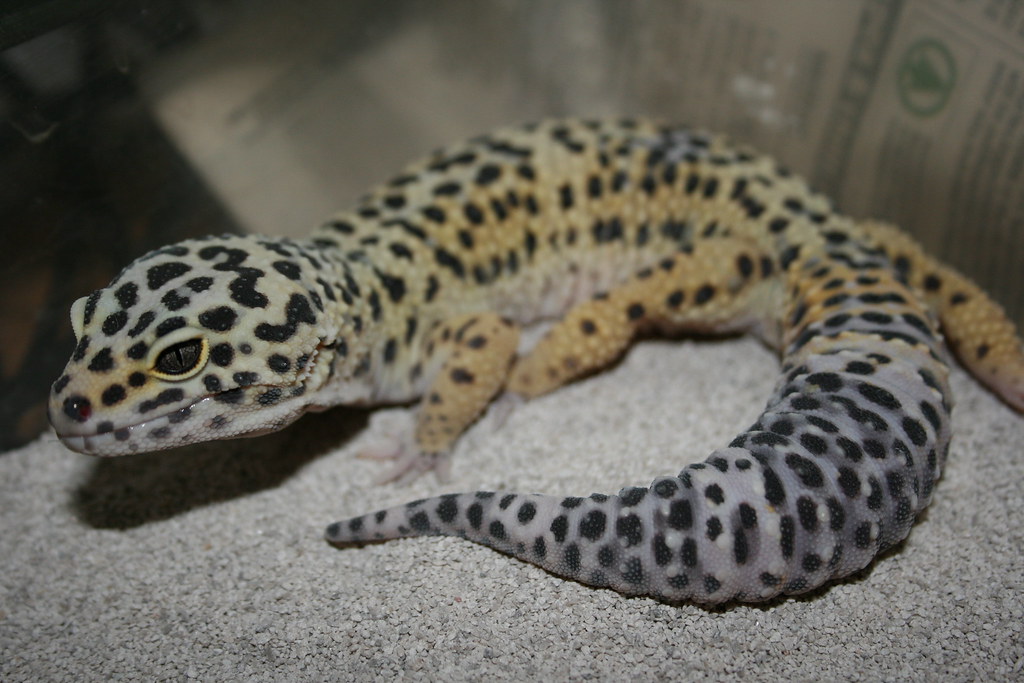
Gut-loading is a critical practice that significantly enhances the nutritional value of feeder insects before they’re offered to your leopard gecko. This process involves feeding insects nutrient-rich foods for 24-48 hours prior to feeding them to your pet, essentially turning them into living vitamin capsules. Effective gut-loading ingredients include dark leafy greens (kale, collard greens, mustard greens), orange vegetables (carrots, sweet potatoes), and commercial gut-loading formulas specifically designed for this purpose. High-calcium vegetables like dandelion greens are particularly valuable for boosting calcium content in feeders. Beyond improving nutritional value, proper gut-loading also enhances the palatability of insects, making them more attractive to picky eaters. The practice of gut-loading reflects the natural food chain, where wild leopard geckos would consume insects that had themselves eaten nutrient-rich plant matter, creating a complete nutritional package that captive keepers must replicate.
Social Behaviors and Cohabitation Considerations
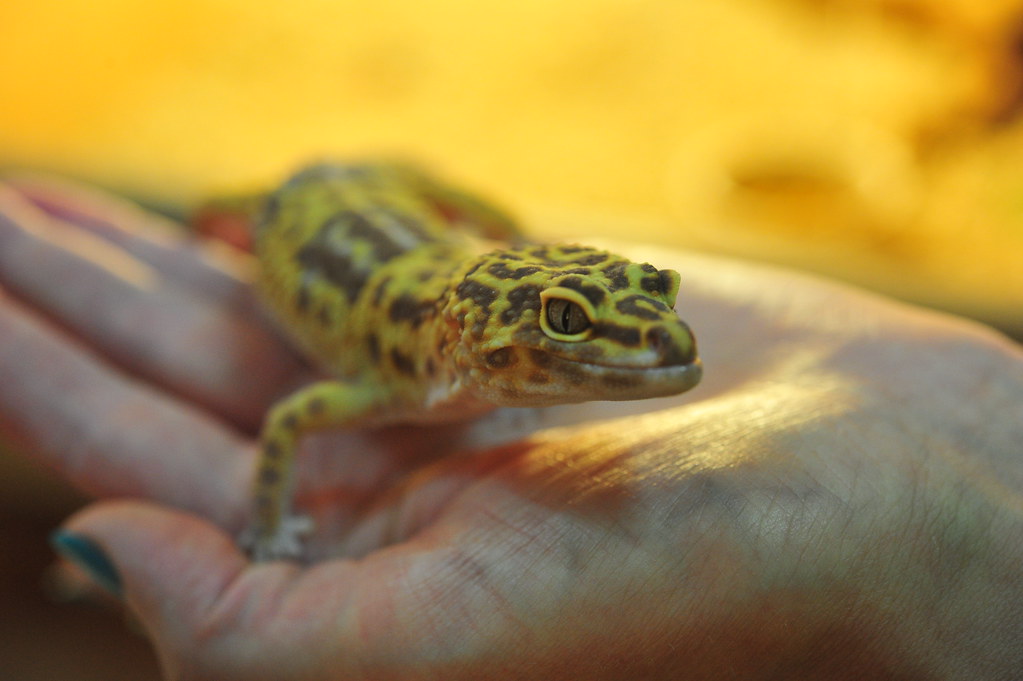
Despite their docile appearance, leopard geckos are fundamentally solitary creatures that typically do not benefit from companionship with their own kind. Male leopard geckos are territorial and will fight aggressively when housed together, often resulting in serious injuries or even death. While females may tolerate each other in very spacious enclosures with multiple hiding spots and feeding stations, they still experience stress from competition for resources and establish dominance hierarchies that can lead to bullying behaviors. Signs of stress from improper cohabitation include weight loss, decreased appetite, excessive hiding, tail dropping, and visible injuries such as bite marks. The safest approach is to house leopard geckos individually, allowing them to live stress-free according to their natural solitary tendencies. If breeding is the goal, males and females should only be introduced temporarily during breeding season under careful supervision.
Building Trust With Your Leopard Gecko
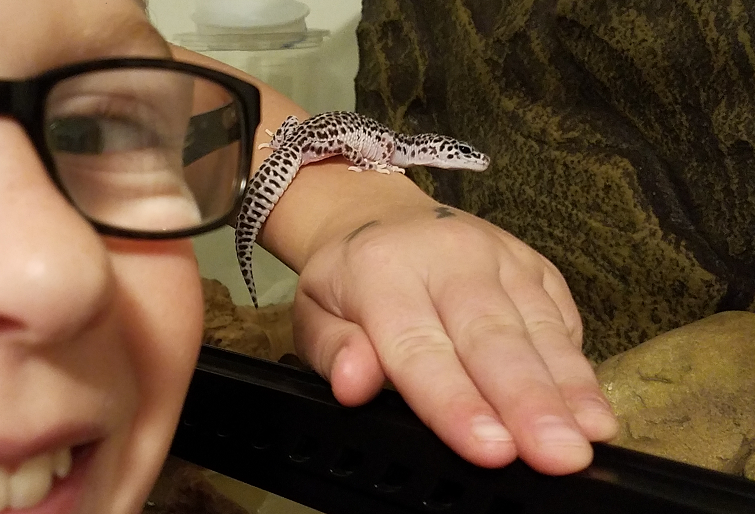
Developing a trusting relationship with your leopard gecko requires patience, consistency, and respect for their natural behaviors. Begin the bonding process by allowing your new gecko at least two weeks to acclimate to its environment before attempting handling, as premature interaction can create lasting stress and fear. When you do begin handling, start with short sessions of just 5-10 minutes, gradually increasing duration as your gecko becomes more comfortable. Hand-feeding with tongs can accelerate the trust-building process, creating positive associations between your presence and pleasurable experiences. Always approach from the side rather than from above (which mimics predator behavior) and support your gecko’s entire body during handling, never grabbing or restraining them. Respect signs that your gecko needs space, such as tail waving, hissing, or attempting to flee. With consistent, gentle interaction, many leopard geckos become remarkably tame, even seeking out their keepers for interaction and warmth.
Recognizing Signs of Stress and Illness

Being attentive to behavioral and physical changes is essential for early detection of potential health issues in leopard geckos. Common signs of stress include decreased appetite, excessive hiding, aggressive tail waving, rapid breathing, and darkening of skin color. Physical symptoms that warrant veterinary attention include weight loss, lethargy, difficulty walking, swollen joints, stuck shed (particularly on toes, tail tip, or eyes), abnormal feces, and visible parasites. Respiratory infections, often indicated by wheezing, bubbling around the mouth or nose, and open-mouth breathing, require immediate veterinary care. Metabolic bone disease, a serious condition resulting from calcium deficiency, manifests as trembling limbs, difficulty raising the body off the ground, and soft or deformed bones. Regular weight monitoring and physical examinations can help catch issues before they become severe, while maintaining detailed records of feeding, shedding, and behavior patterns provides valuable information for both preventative care and veterinary consultations.
Optimal Enclosure Setup for Health and Happiness
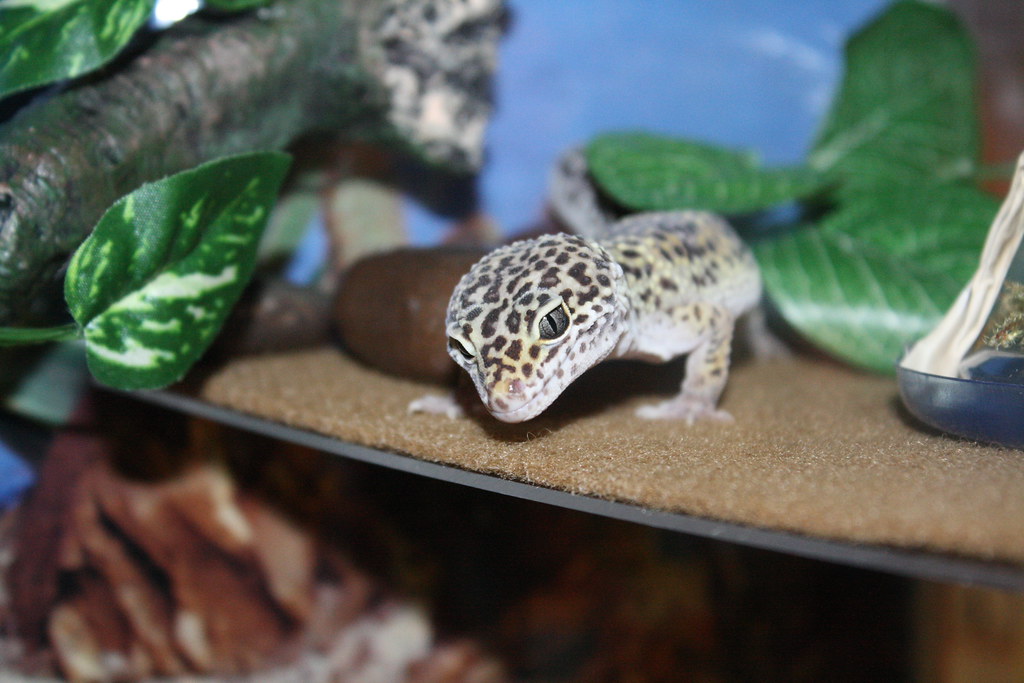
Creating an appropriate habitat is fundamental to your leopard gecko’s overall wellbeing and directly impacts their stress levels, activity, and health. For a single adult gecko, the minimum enclosure size should be 20 gallons (30″x12″x12″), though larger spaces of 40 gallons or more provide additional benefits by allowing for more enrichment and temperature variation. The substrate choice is crucial—avoid loose particles like sand, calci-sand, or wood chips that can cause impaction if accidentally ingested. Instead, opt for safer options such as paper towel, reptile carpet, non-adhesive shelf liner, or specialized reptile tiles. Every enclosure should include at least three hides: a warm hide on the heated side, a cool hide on the opposite end, and a humid hide (containing slightly damp sphagnum moss or paper towel) to assist with shedding. Additional enrichment items such as sturdy branches, rocks, and artificial plants provide climbing opportunities and visual barriers that increase the gecko’s sense of security.
Seasonal Variations in Care Requirements
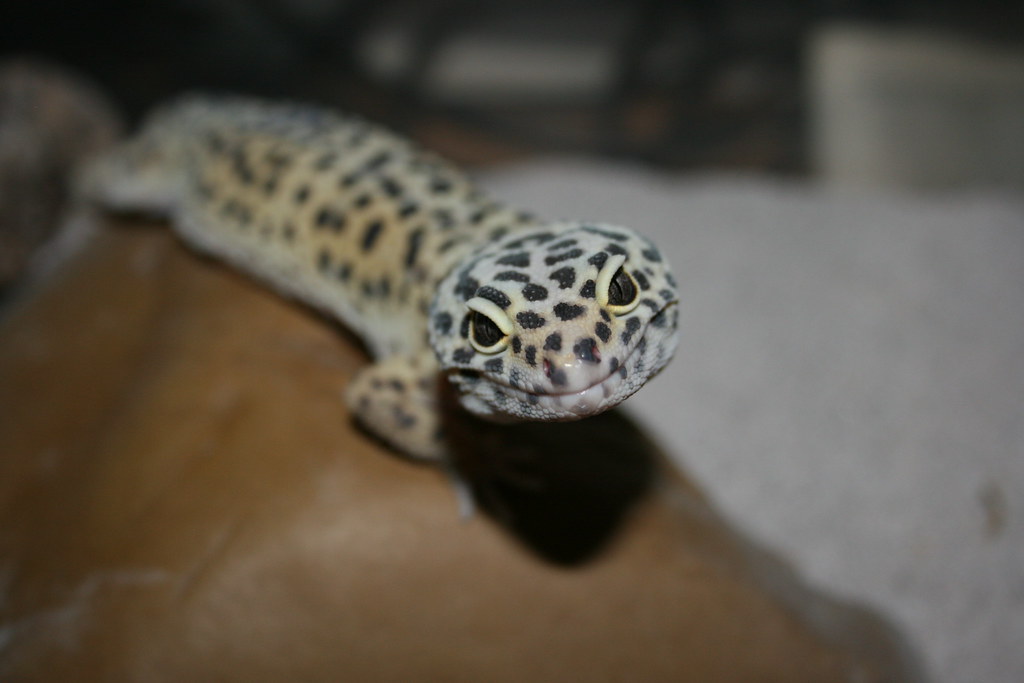
Leopard geckos may experience seasonal changes in behavior and physiological needs that attentive keepers should accommodate. Many leopard geckos display naturally decreased appetite and activity during winter months, even in controlled indoor environments, as their bodies respond to subtle environmental cues like decreased daylight hours. During these periods, it’s normal for adult geckos to eat less frequently and lose a small amount of weight, though dramatic weight loss should always be monitored carefully. Some keepers choose to slightly reduce daytime temperatures by 2-3°F and shorten daylight hours to 10-11 hours during winter months to support this natural brumation-like state. Conversely, spring often brings increased activity, improved appetite, and more vibrant coloration, especially in breeding-age geckos. Female geckos may require additional calcium supplementation during breeding season to support egg production, even if not being bred. Recognizing and respecting these seasonal patterns can help maintain your gecko’s natural biological rhythms and overall health.
Special Considerations for Breeding Pairs
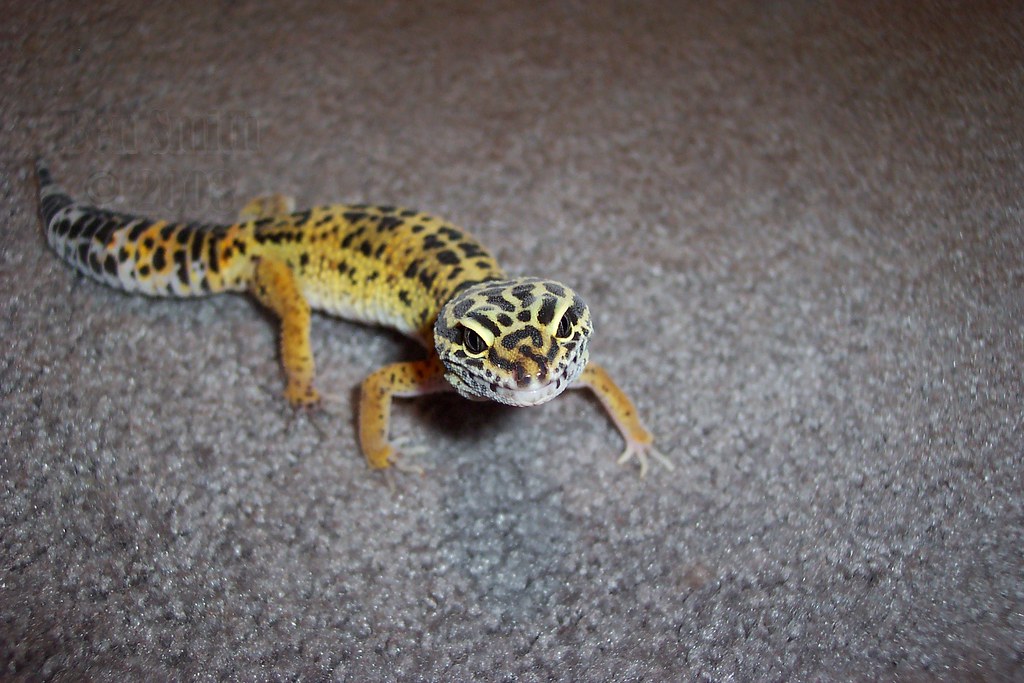
Breeding leopard geckos requires careful preparation and management to ensure the health and safety of both the parent animals and any resulting offspring. Female leopard geckos should be at least 18 months old and weigh a minimum of 50-60 grams before breeding to reduce health risks associated with egg production. Males can be sexually mature as early as 9 months but are typically more successful breeders after reaching full size at 12-18 months. During breeding season (typically January through September), females require significantly increased calcium supplementation to prevent calcium depletion from egg production, which can lead to metabolic bone disease. A proper egg-laying box containing a moist substrate like vermiculite or coconut fiber is essential once breeding has occurred. After mating, males should be removed to separate enclosures to prevent harassment of the female, who will typically lay 1-2 eggs every 2-3 weeks for several months. Breeding takes a substantial toll on female leopard geckos, so many experienced keepers recommend limiting breeding to every other year to allow for complete recovery.
Enrichment Activities for Mental Stimulation
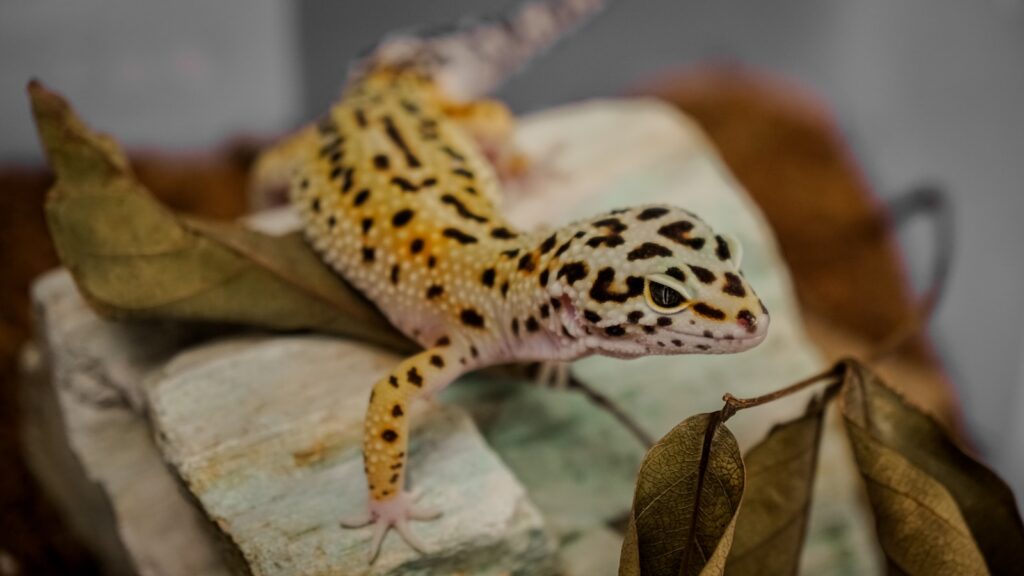
While leopard geckos don’t require the same level of enrichment as some pets, providing environmental complexity and occasional novel experiences can significantly improve their quality of life and encourage natural behaviors. Rearranging decor items occasionally creates new exploration opportunities, though drastic changes should be avoided as they can cause stress. Feeding enrichment, such as occasionally placing insects in puzzle feeders or shallow dishes where they can’t easily escape, encourages hunting behaviors and provides mental stimulation. Some leopard geckos enjoy exploring secure areas outside their enclosures during supervised handling sessions, though safety precautions must always be prioritized. Adding textured surfaces of different materials (rough stone, smooth tile, cork bark) provides sensory variety and allows for natural behaviors like rubbing against surfaces during shedding. Even simple additions like placing a new hide or climbing branch can provide meaningful enrichment for these curious reptiles, who will often spend time investigating novel items in their environment.
Long-Term Health Maintenance and Veterinary Care
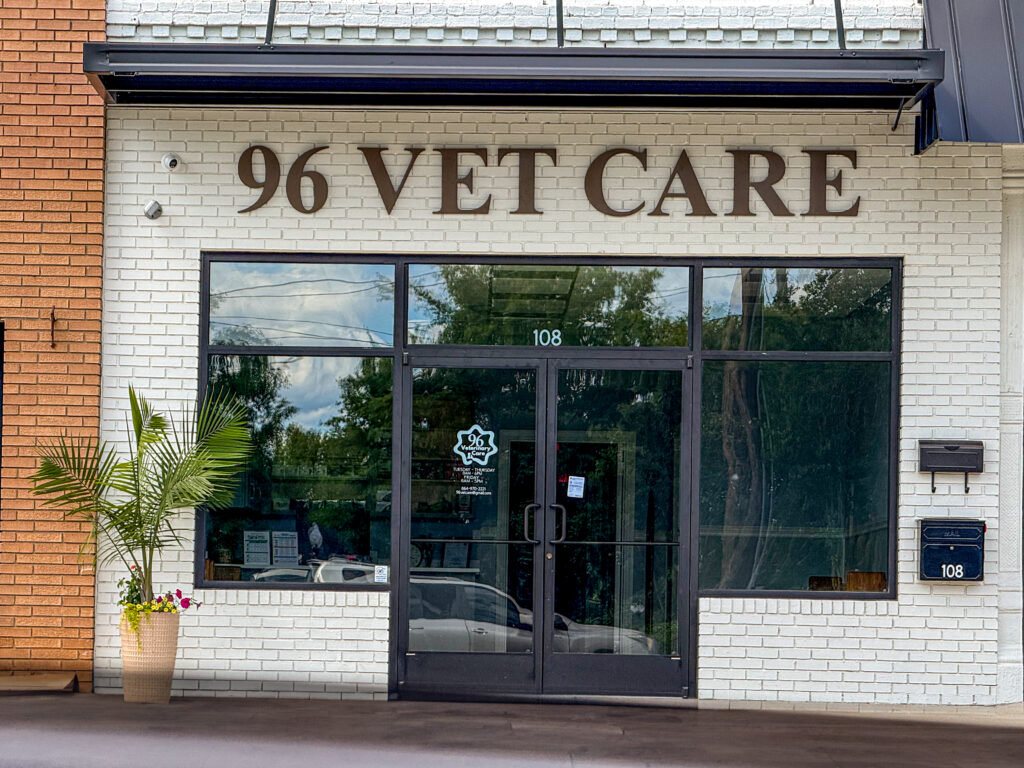
Proactive health management is essential for ensuring your leopard gecko enjoys its full potential lifespan of 15-20+ years in captivity. Establishing a relationship with a reptile-experienced veterinarian before health issues arise allows for proper preventative care and prompt treatment when needed. Annual wellness exams are recommended for all leopard geckos, with twice-yearly visits for geckos over 10 years of age to monitor for age-related conditions. Maintaining a quarantine period of at least 90 days for new additions helps prevent disease transmission, while regular fecal parasite testing (annually or whenever abnormal stool is observed) can catch internal parasites before they cause significant health problems. Creating a health journal that tracks weight, shedding cycles, feeding response, and any unusual behaviors provides valuable long-term data for identifying subtle health changes. Preventative measures like proper supplementation, appropriate lighting, stress reduction, and temperature management remain the foundation of long-term health, potentially reducing the need for veterinary intervention while maximizing both lifespan and quality of life for these remarkable reptiles.
Leopard geckos offer a unique combination of fascinating behaviors, manageable care requirements, and surprising longevity that makes them exceptional companion animals for dedicated reptile enthusiasts. By carefully balancing their lighting needs, providing a nutritionally complete diet, and respecting their social preferences, you can create an environment where your leopard gecko will not just survive but truly thrive. Remember that each gecko has its own personality and preferences, so observation and adaptation remain key components of successful care. With proper husbandry, your spotted friend can be a delightful companion for potentially two decades or more, rewarding your efforts with their curious antics and distinctive charm. Whether you’re a first-time reptile keeper or an experienced herpetoculturist, the journey of leopard gecko keeping offers continuous learning opportunities and the special satisfaction that comes from providing exemplary care for these remarkable desert dwellers.

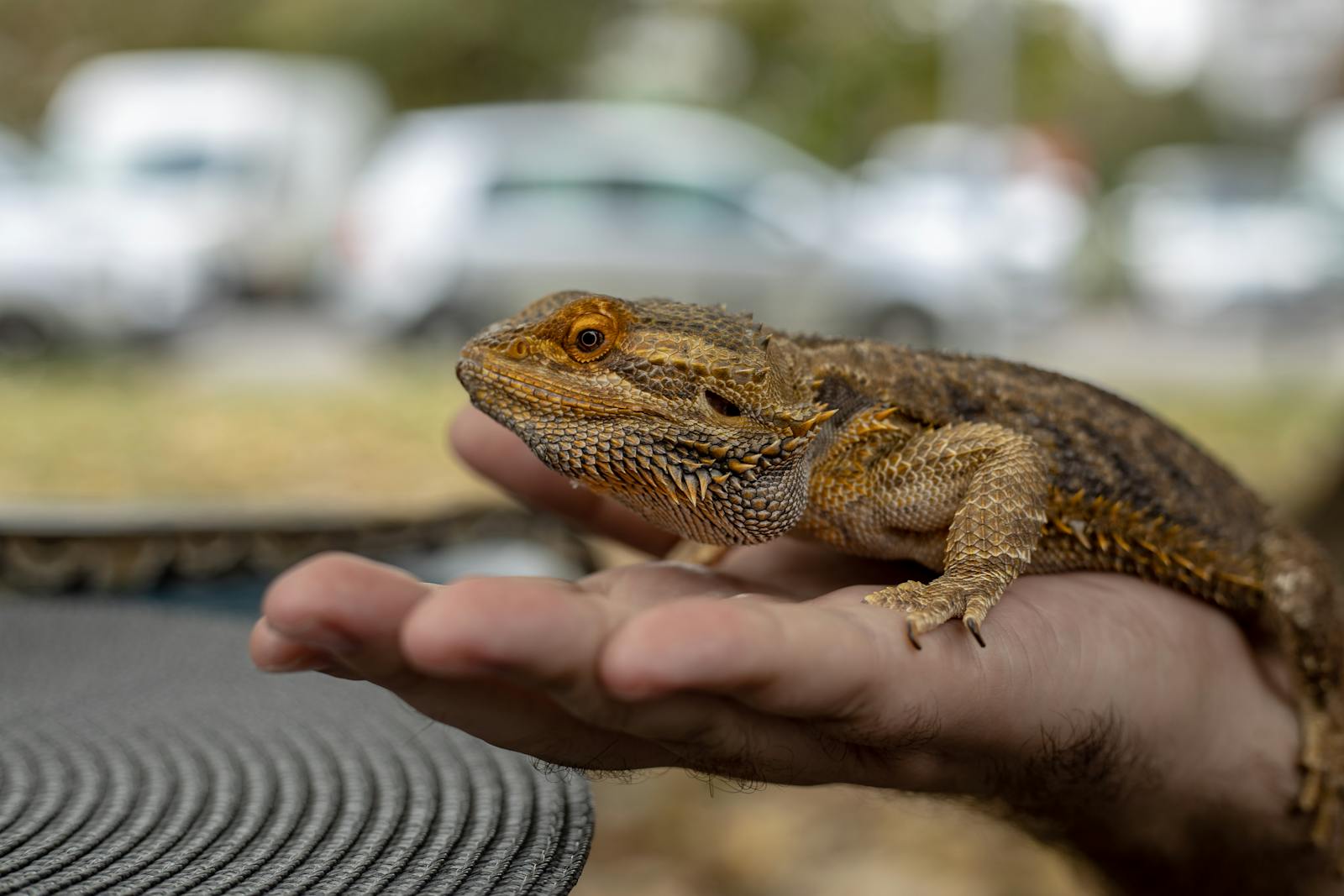
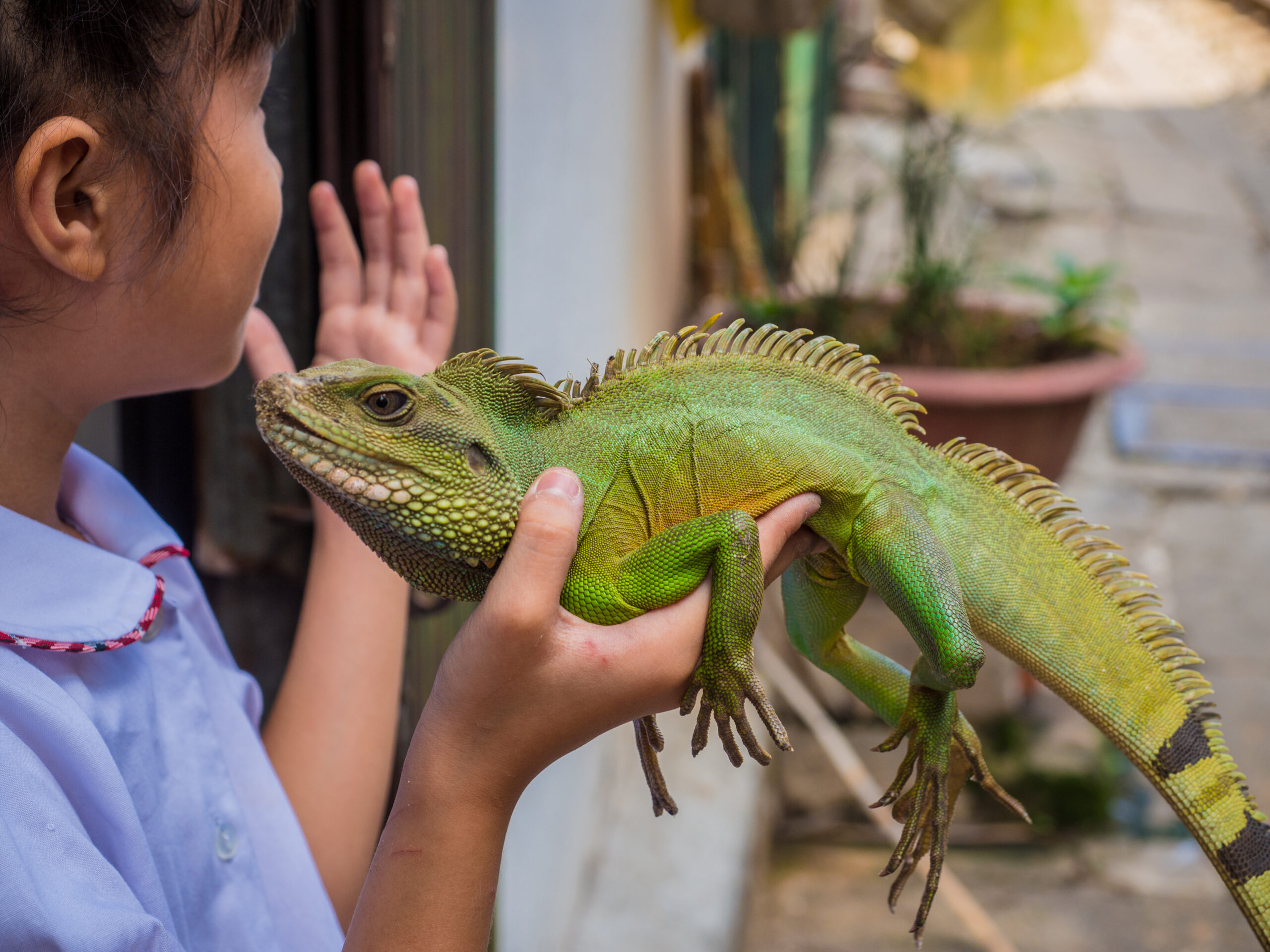
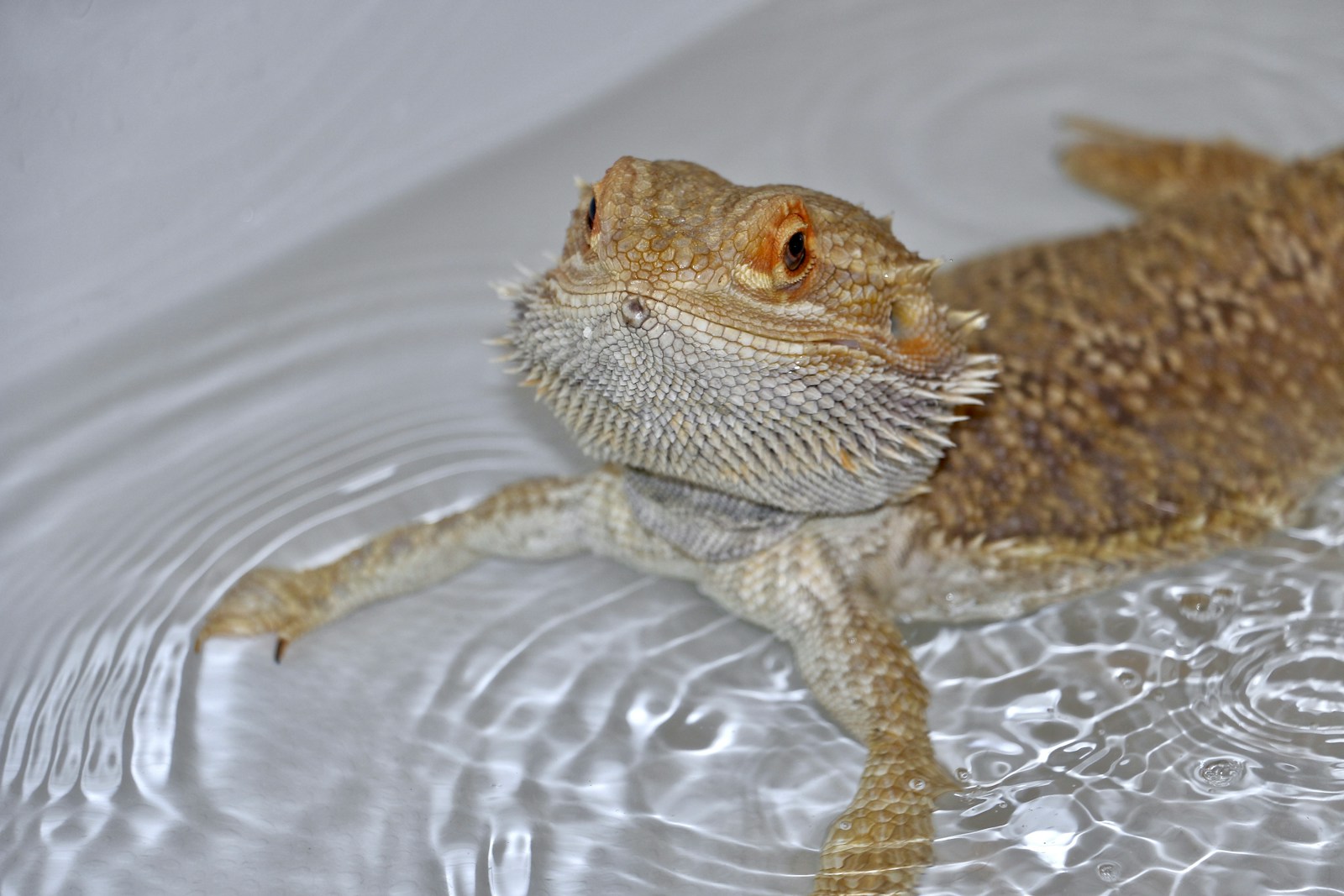
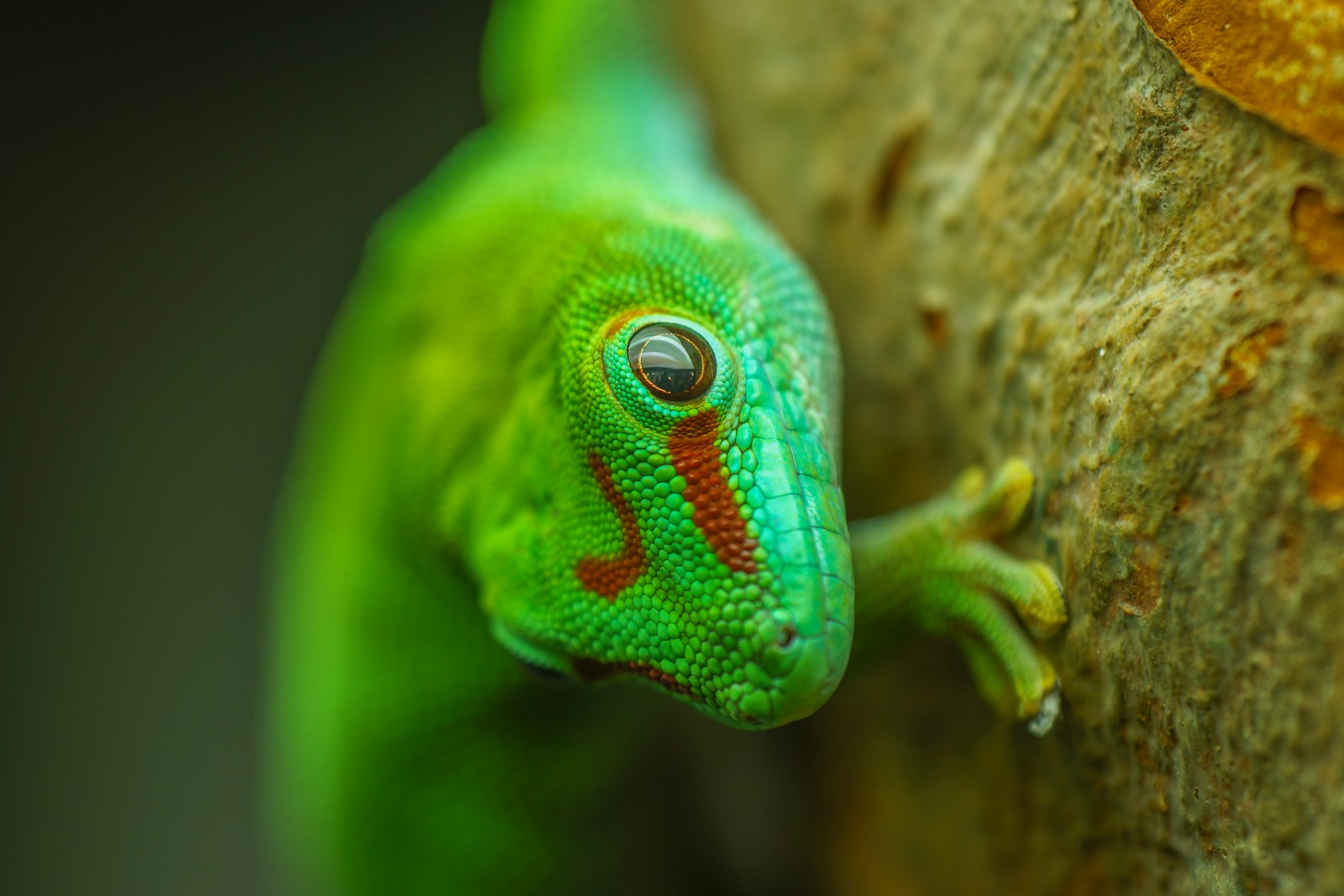
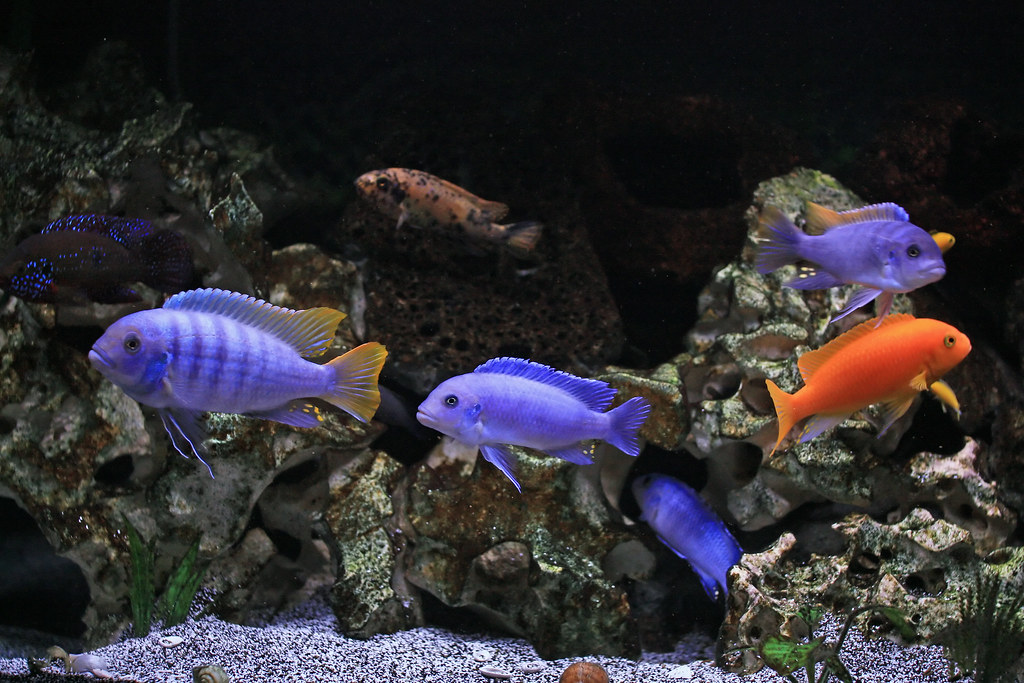
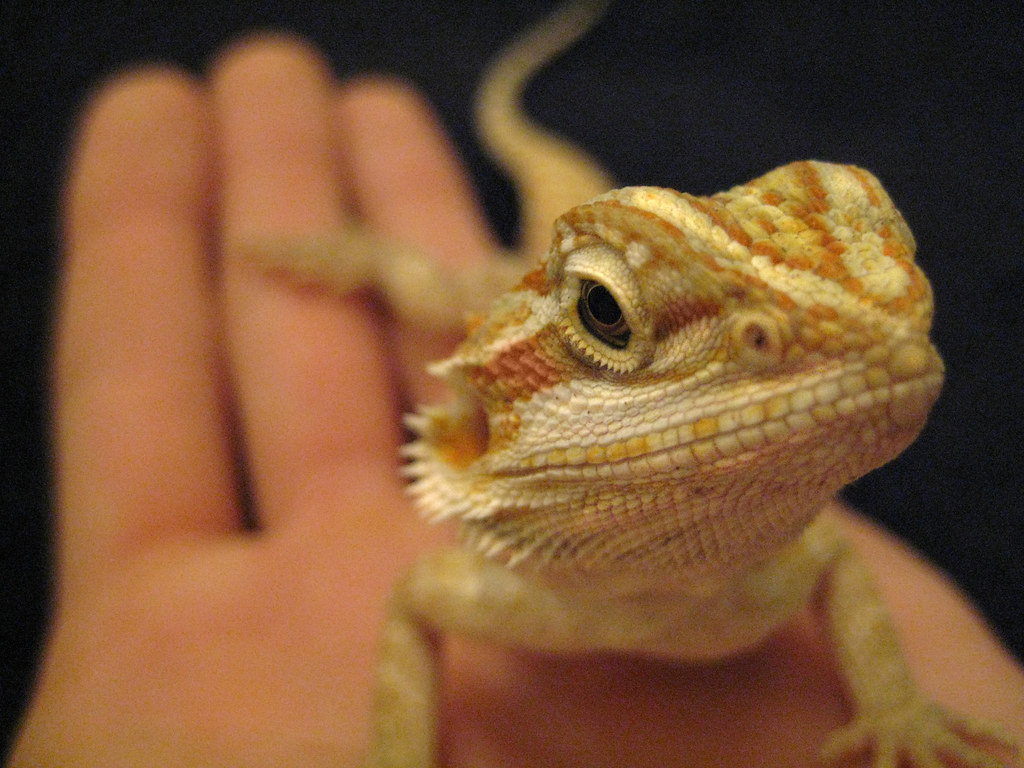
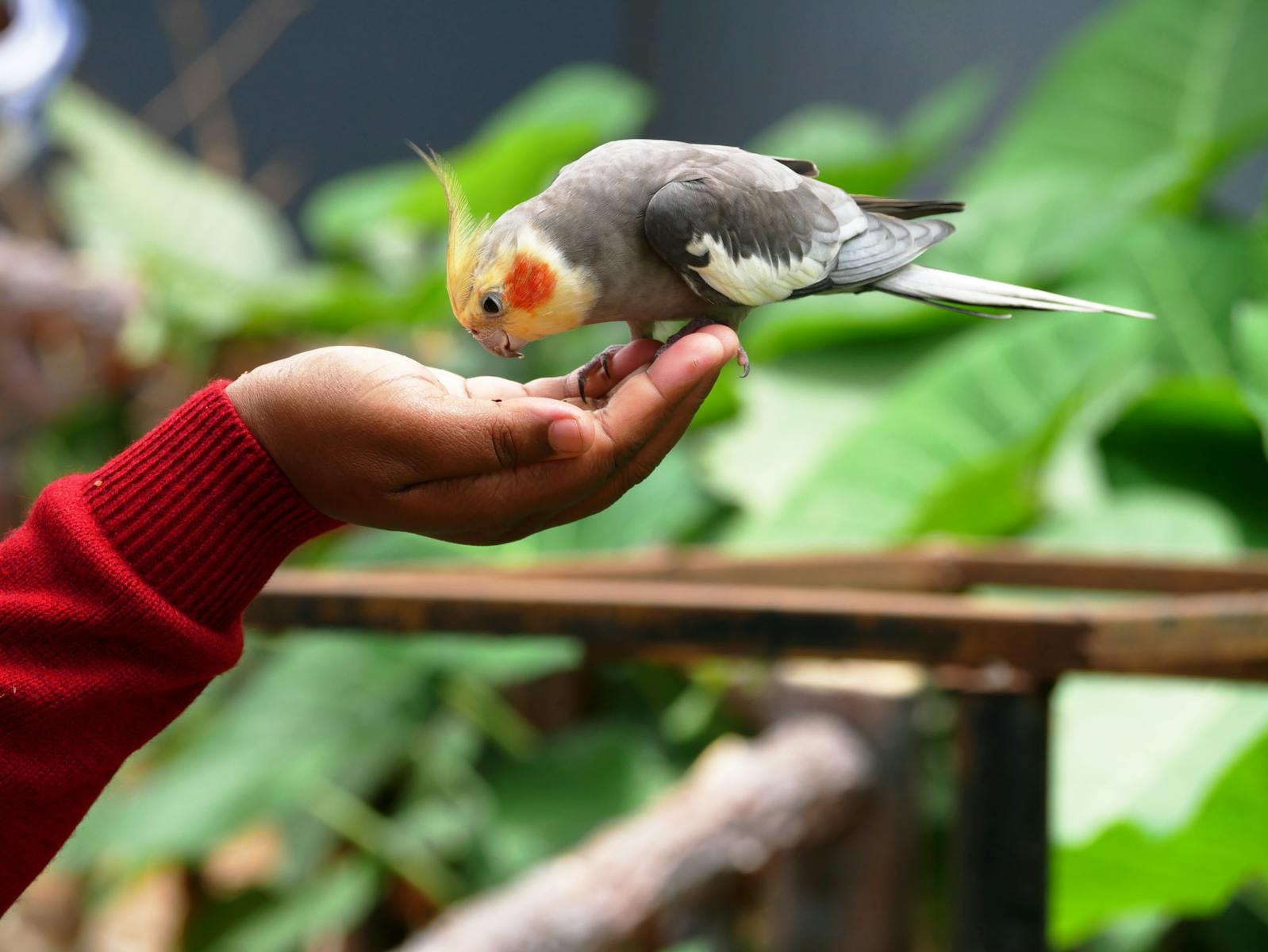
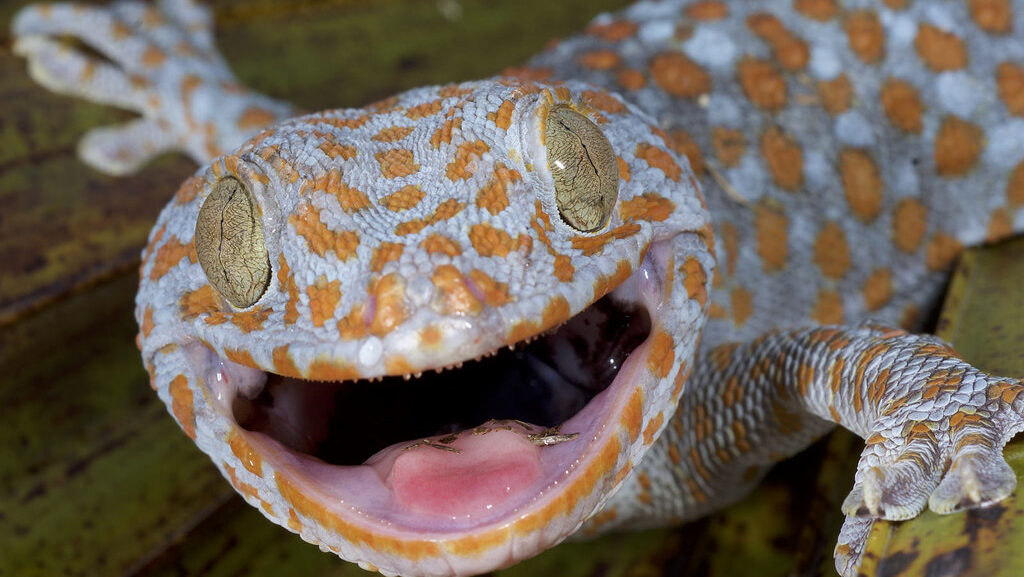
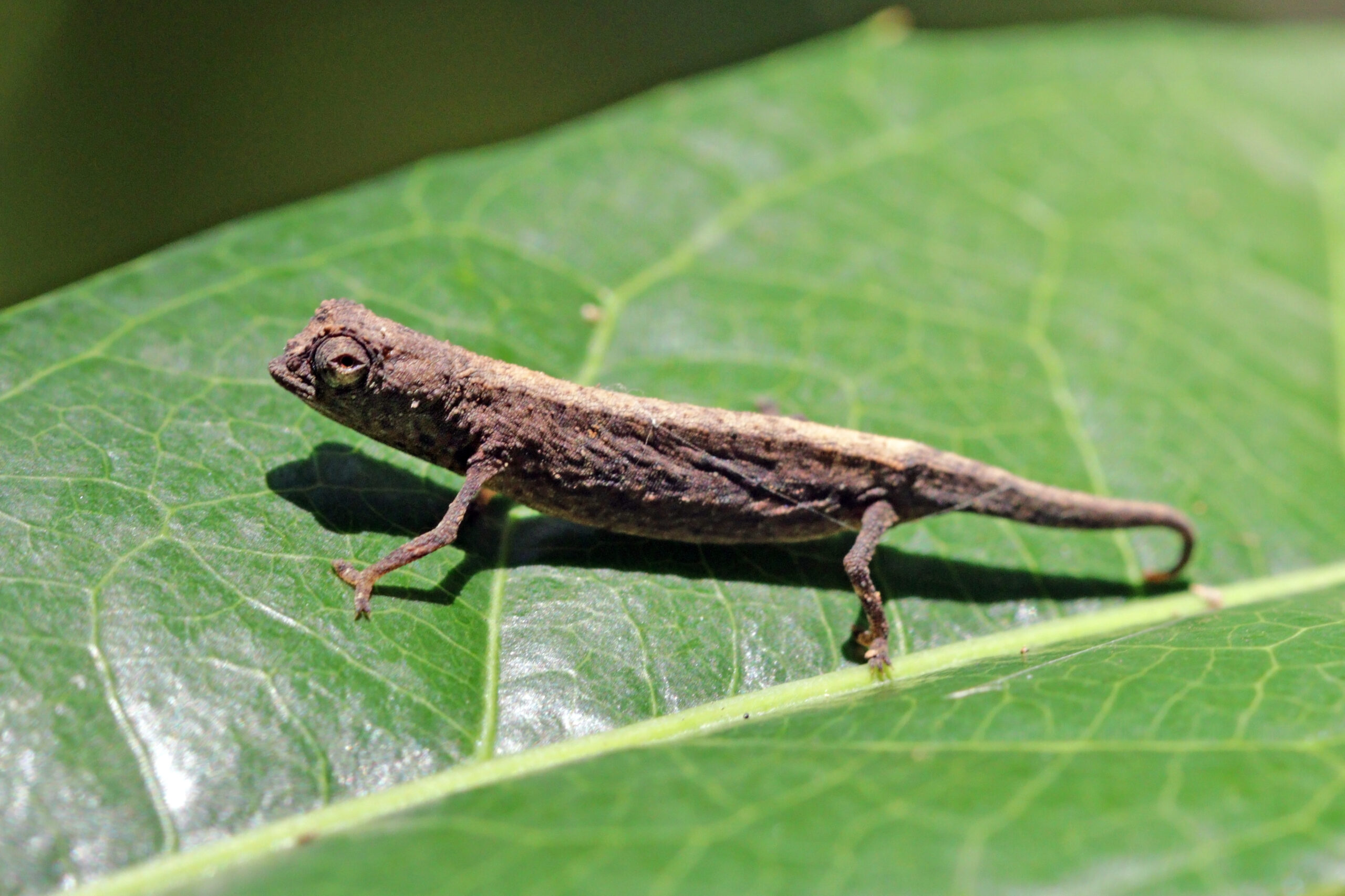
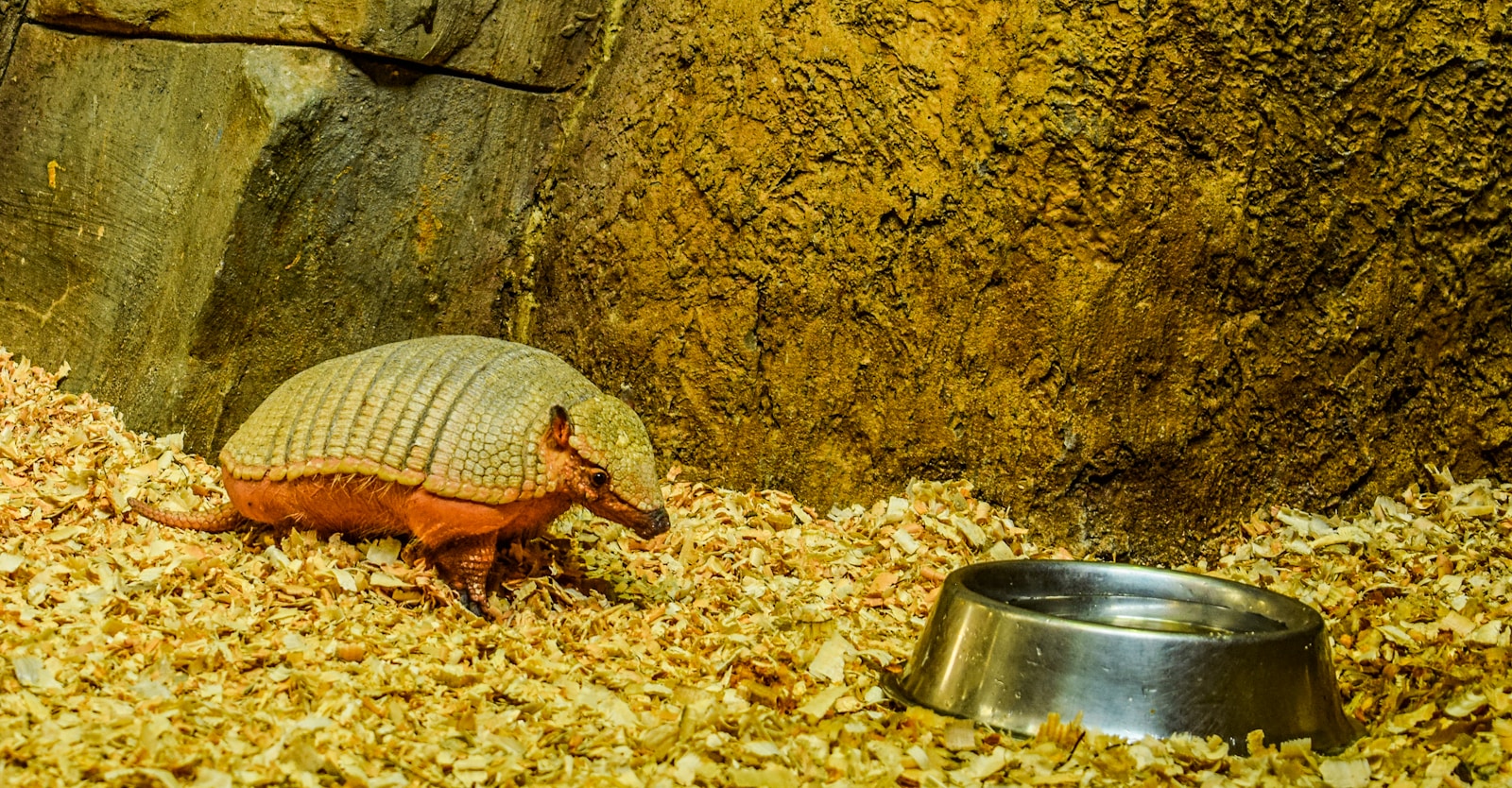




Leave a Reply